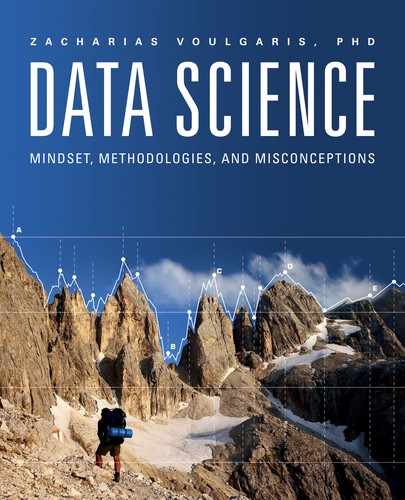Book Description
Master the concepts and strategies underlying success and progress in data science.From the author of the bestsellers, Data Scientist and Julia for Data Science, this book covers four foundational areas of data science. The first area is the data science pipeline including methodologies and the data scientist's toolbox. The second are essential practices needed in understanding the data including questions and hypotheses. The third are pitfalls to avoid in the data science process. The fourth is an awareness of future trends and how modern technologies like Artificial Intelligence (AI) fit into the data science framework.
The following chapters cover these four foundational areas:
- Chapter 1 - What Is Data Science?
- Chapter 2 - The Data Science Pipeline
- Chapter 3 - Data Science Methodologies
- Chapter 4 - The Data Scientist's Toolbox
- Chapter 5 - Questions to Ask and the Hypotheses They Are Based On
- Chapter 6 - Data Science Experiments and Evaluation of Their Results
- Chapter 7 - Sensitivity Analysis of Experiment Conclusions
- Chapter 8 - Programming Bugs
- Chapter 9 - Mistakes Through the Data Science Process
- Chapter 10 - Dealing with Bugs and Mistakes Effectively and Efficiently
- Chapter 11 - The Role of Heuristics in Data Science
- Chapter 12 - The Role of AI in Data Science
- Chapter 13 - Data Science Ethics
- Chapter 14 - Future Trends and How to Remain Relevant
